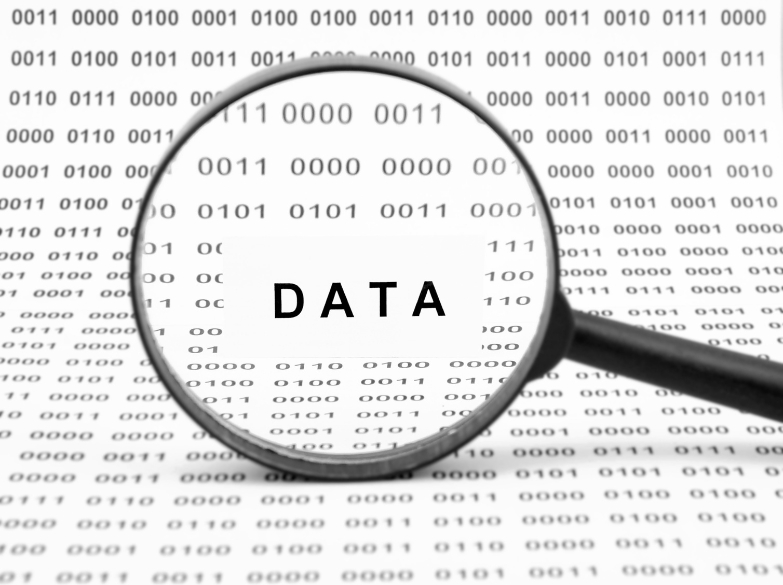
As the data collection methods have extreme influence over the validity of the research outcomes, it is considered as the crucial aspect of the studies
April 2025 | Source: Business Wire
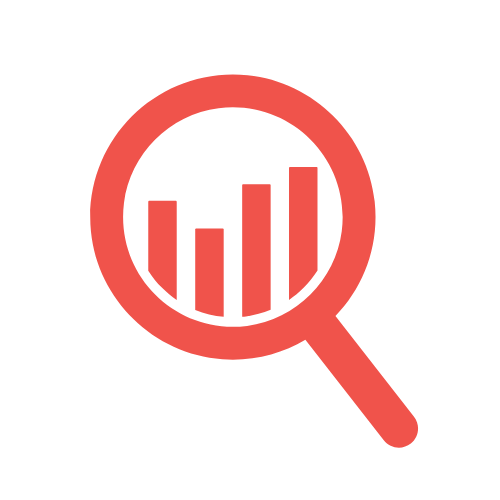
The global healthcare analytics market is emerging with a strong growth trajectory, where the forecasts show its growth from USD 44.83 billion in 2024 to USD 133.19 billion by 2029 at a compound annual growth rate (CAGR) of 24.3% (1).
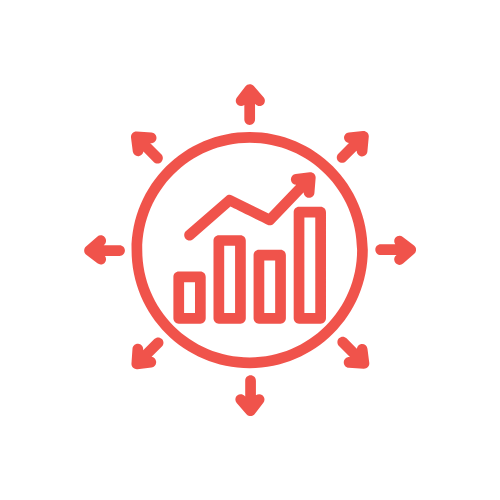
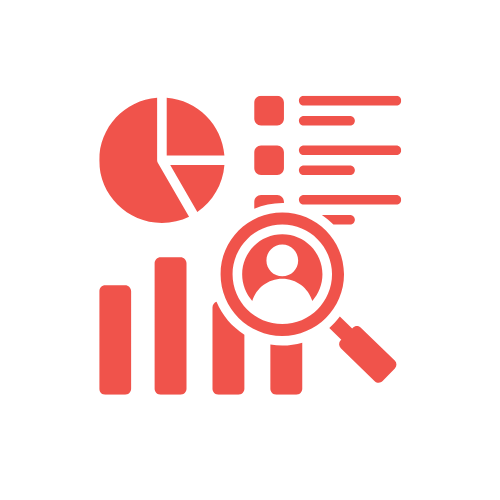
| Year | Market Size (USD Billion) | Year-on-Year Growth (%) |
| 2024 | 44.83 | – |
| 2025 | 55.74 | 24.4 |
| 2026 | 69.36 | 24.4 |
| 2027 | 86.30 | 24.5 |
| 2028 | 107.33 | 24.4 |
| 2029 | 133.19 | 24.1 |

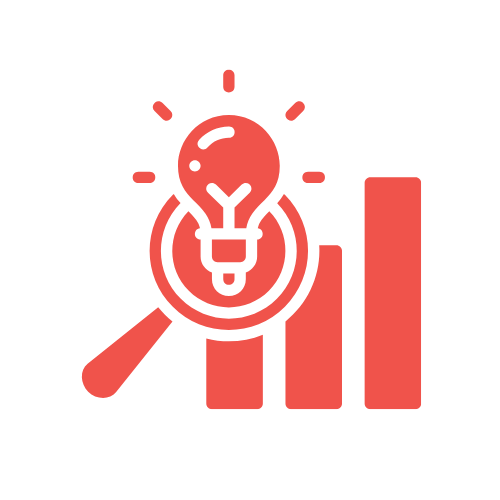
| Region | Key Insights |
| North America | Dominating the healthcare analytics market with the largest amount of economic spending on healthcare, the U.S at 17.8% of GDP in 2021, nearly double the OECD average. This amount of funding has enabled healthcare providers and payers to implement the most advanced analytics solutions (3). |
| Asia-Pacific | Expected to be the fastest-growing region due to increasing healthcare infrastructure, digital transformation, and governmental actions supporting the adoption of healthcare analytics (1). |


| Characters | Key Challenges |
| Data Security Concerns | Healthcare remains the number one target for cyberattacks, and the average total cost of a breach increased to USD 9.77 million in 2024. |
| Shortage of Skilled Analysts | There is great demand for AI/data science professionals in healthcare, yielding a shortage in workforce capabilities for deployment and scalability. |
| Interoperability Issues | Old systems slow down data integration across providers, thereby decreasing the effectiveness of real-time analytics (1). |

The booming healthcare analytics market grows in response to government legislation, technology implementation, and rising investment. The industry continues to evolve, and stakeholders must overcome challenges posed by data security and workforce development for further improvement of patient care and operational efficiency through analytics.
Unlock the true potential of your healthcare analytics with Statswork’s expert solutions. Take full advantage of advanced analytics and AI to get the most out of hospital informatics and improve patient outcomes today!
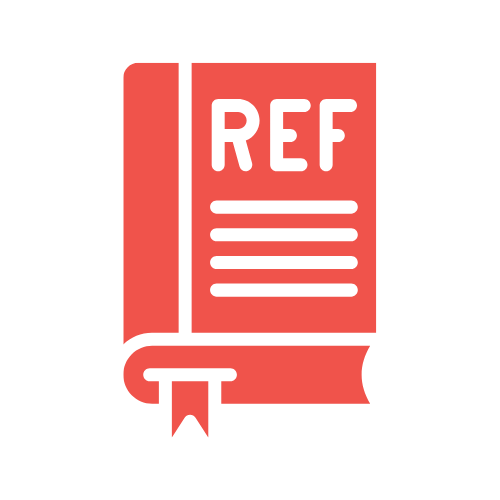
WhatsApp us